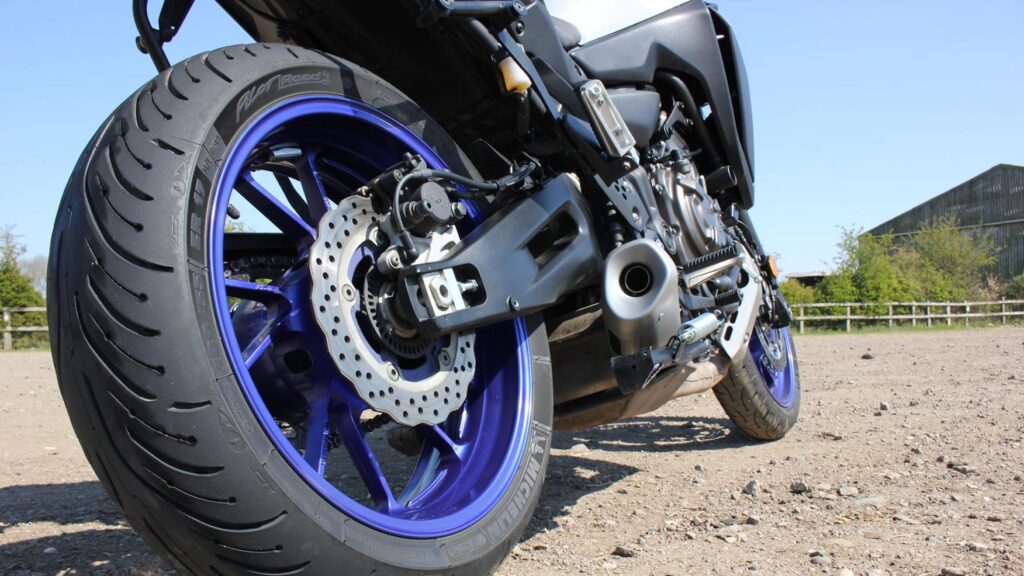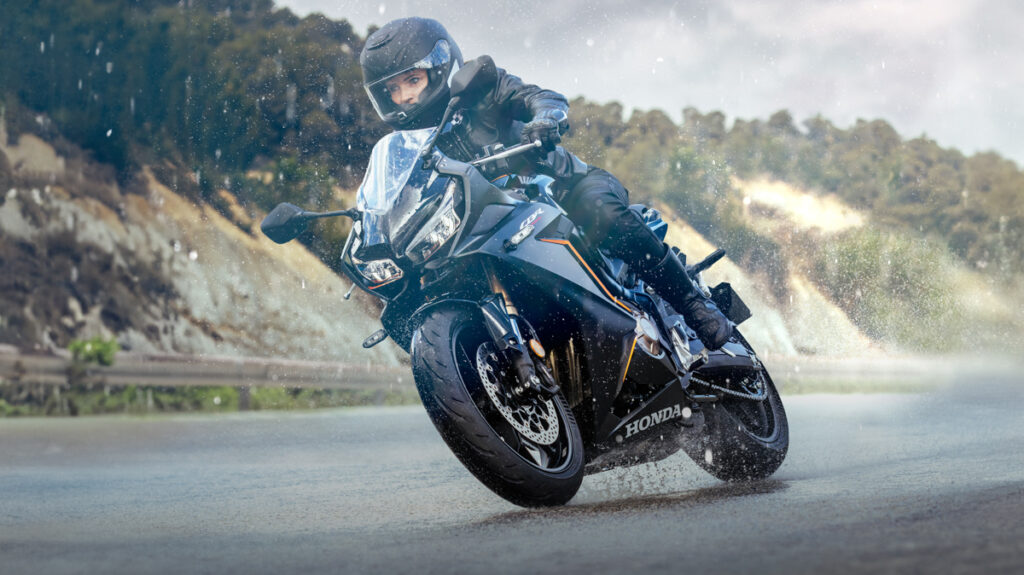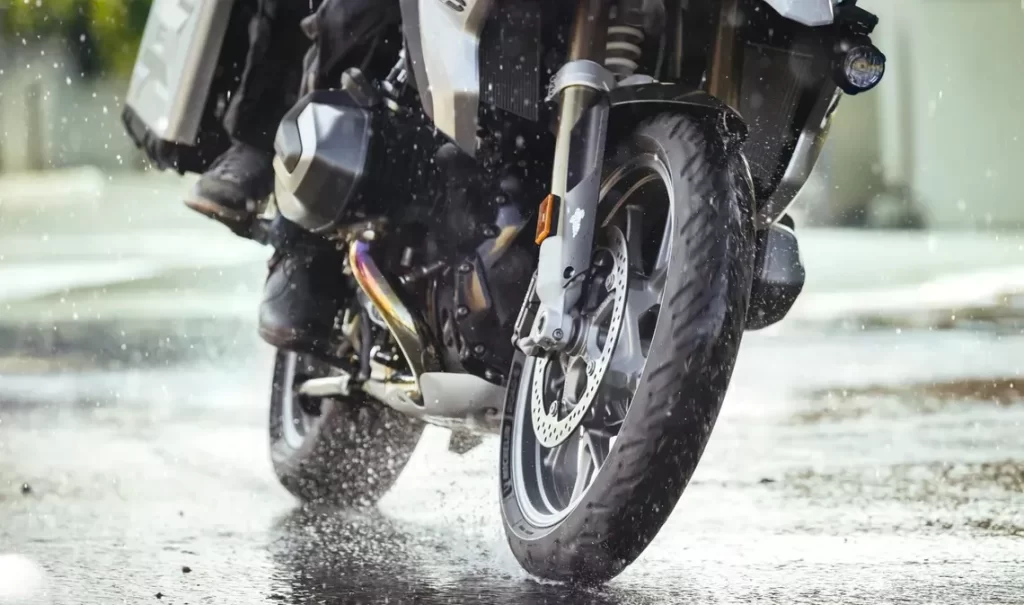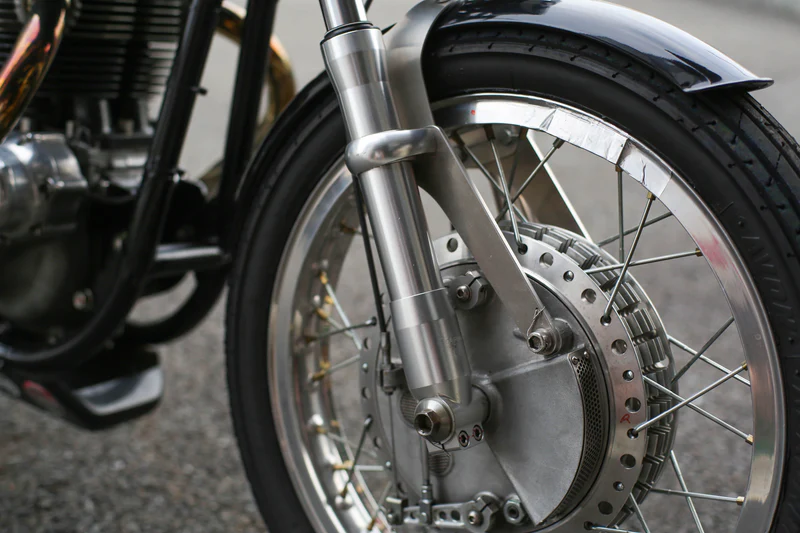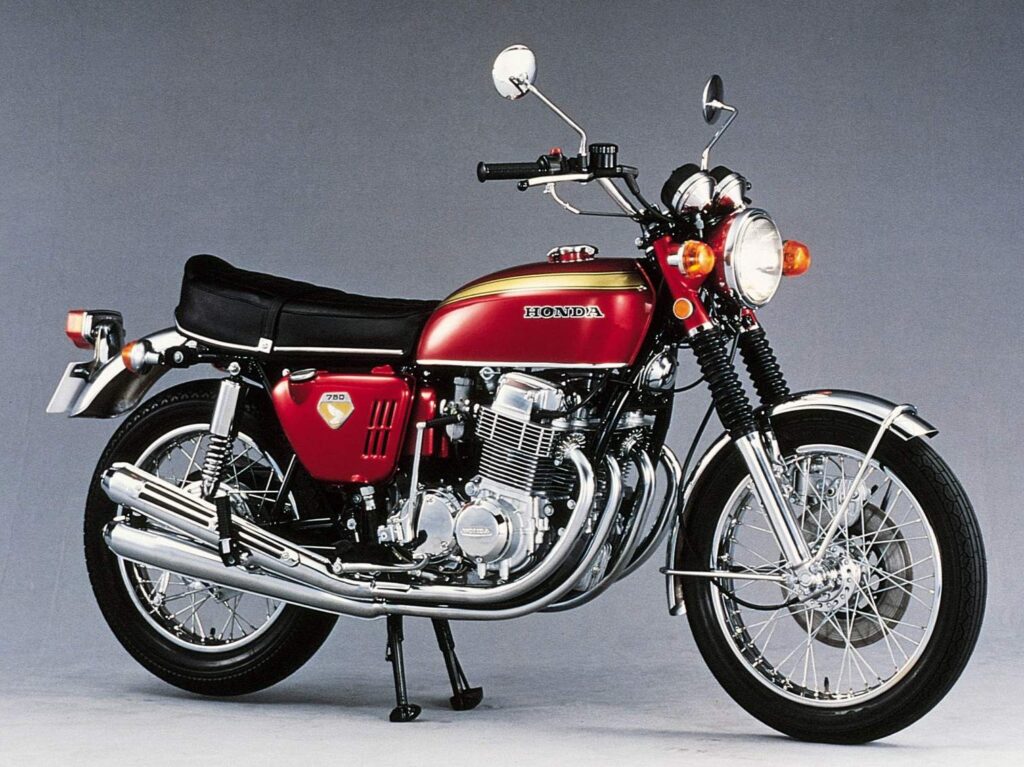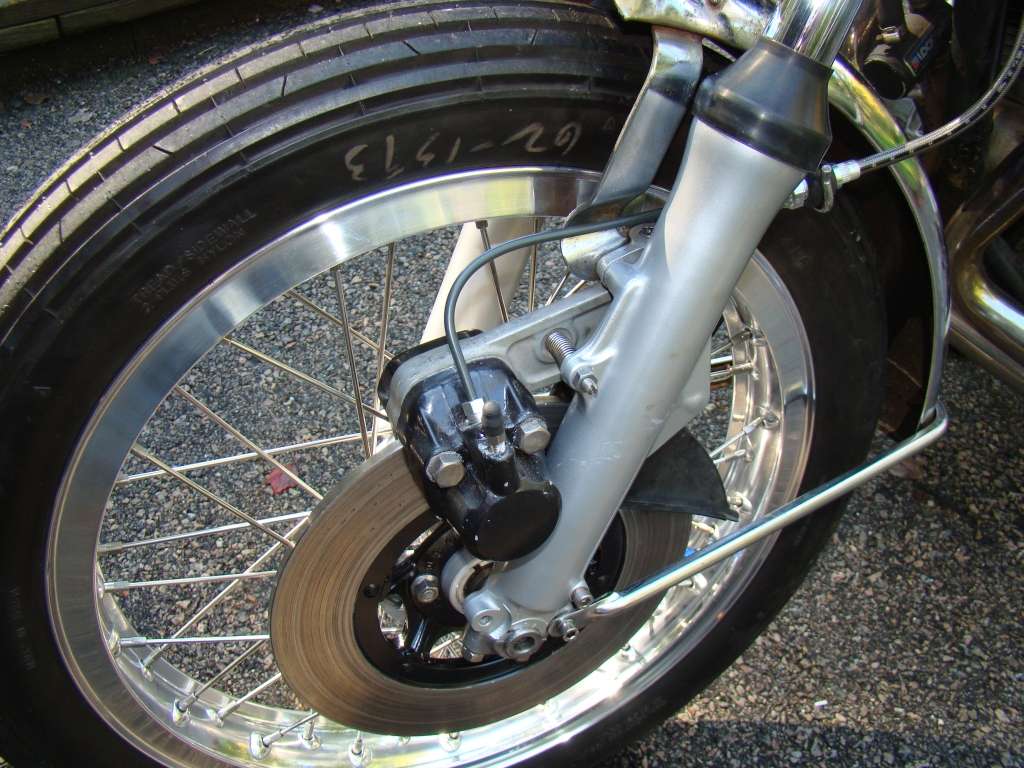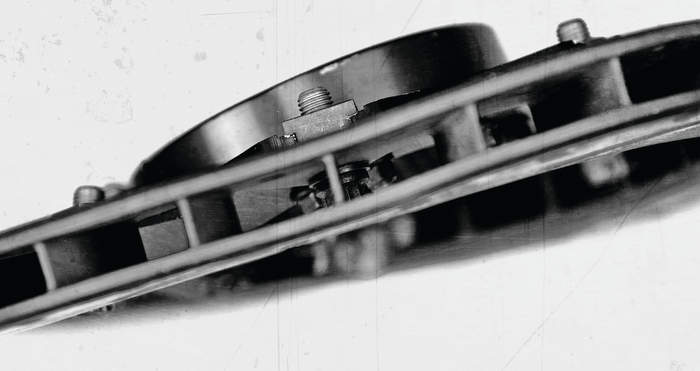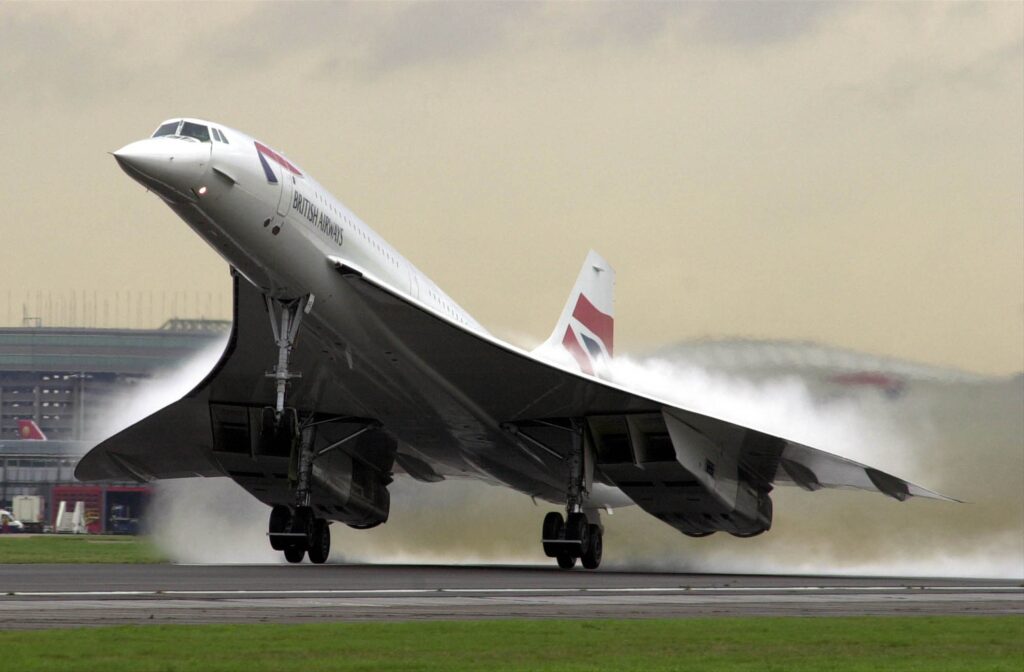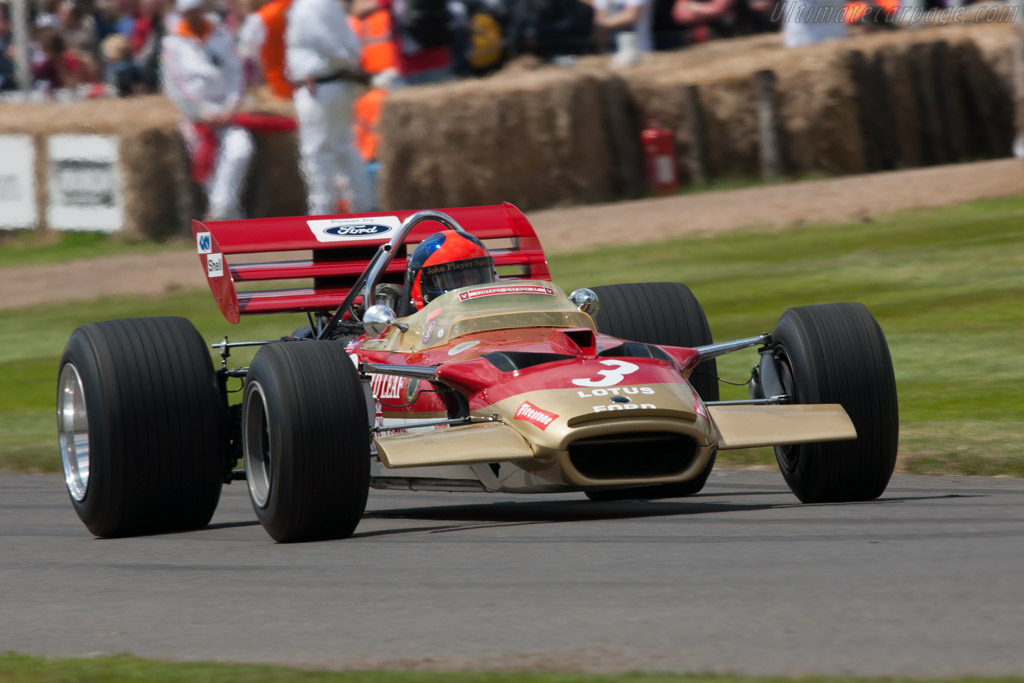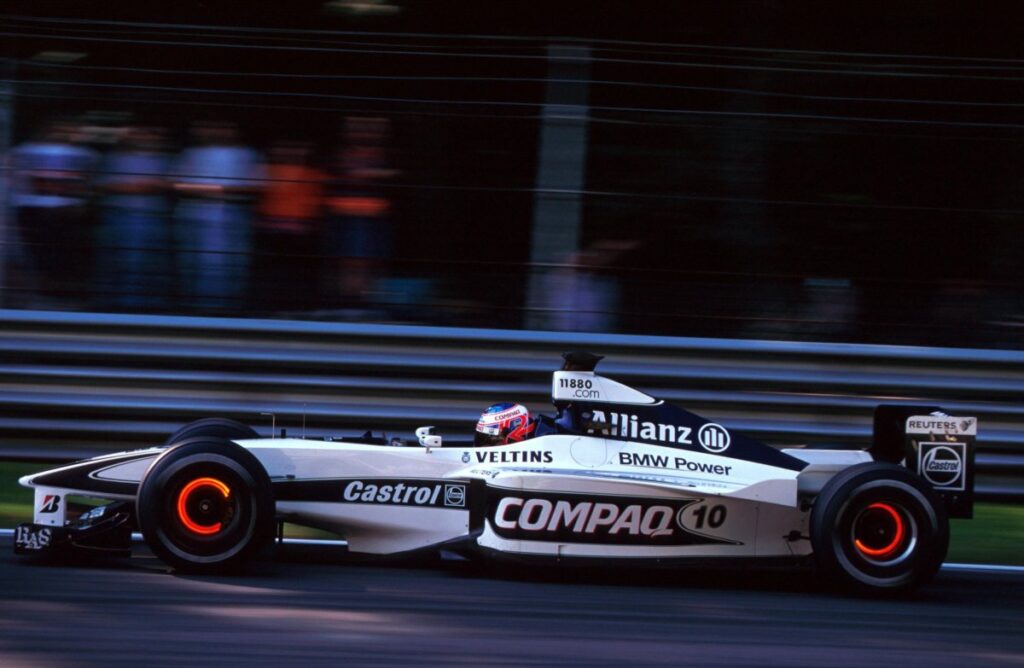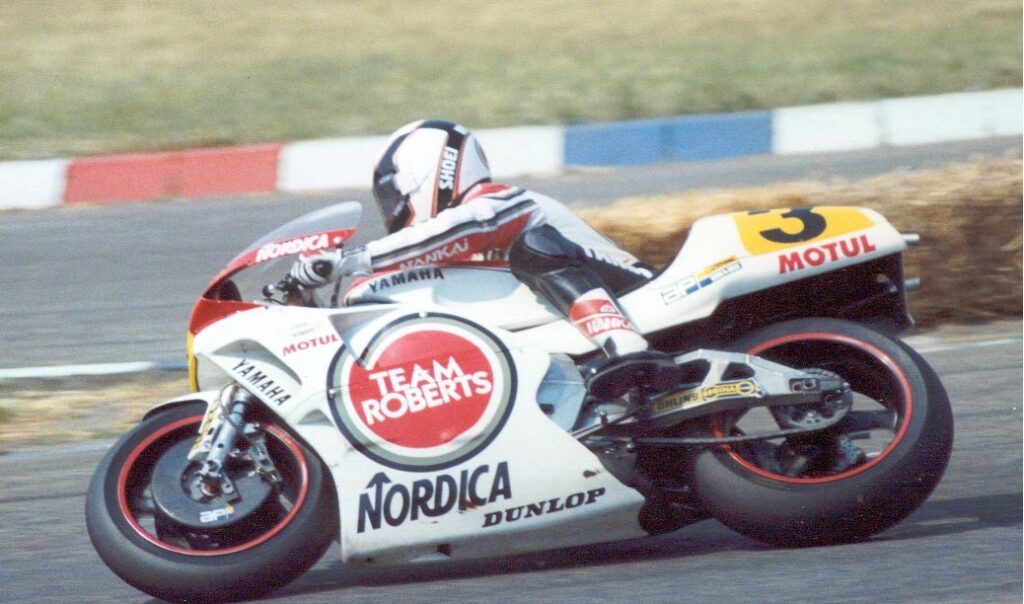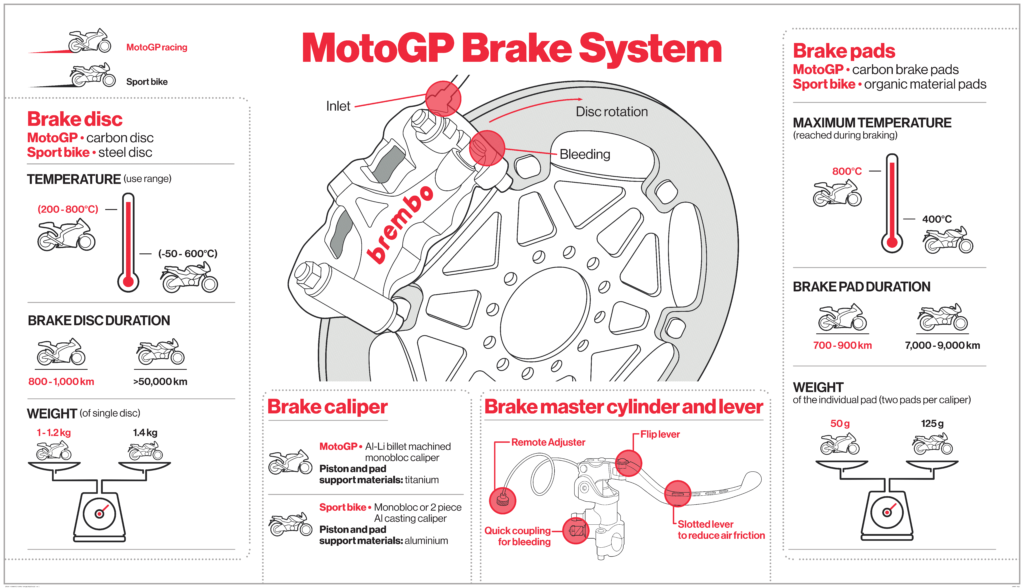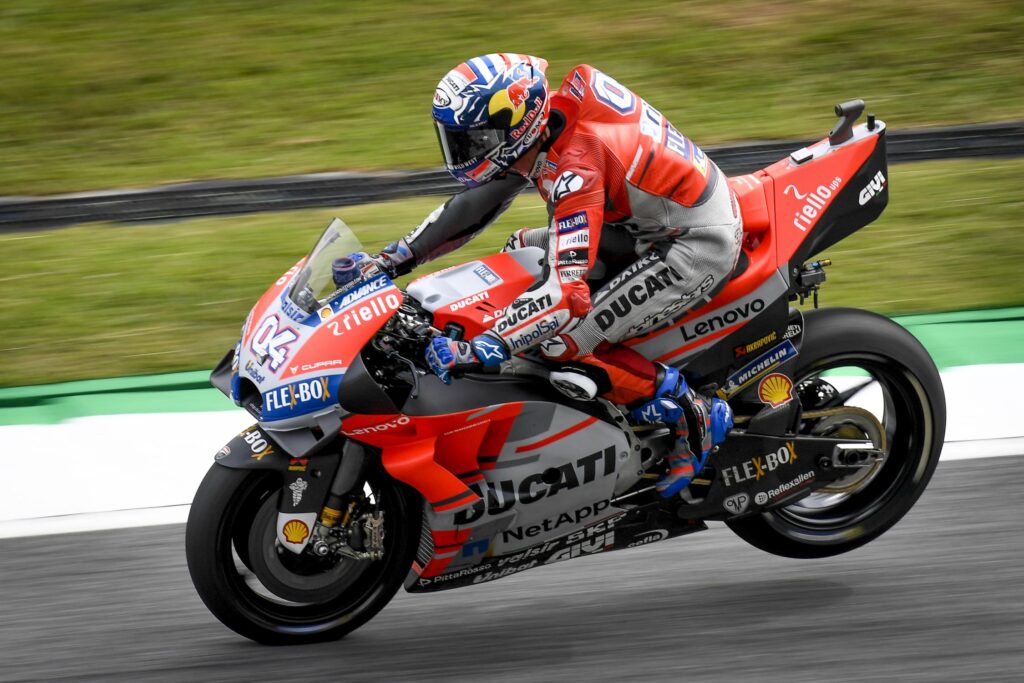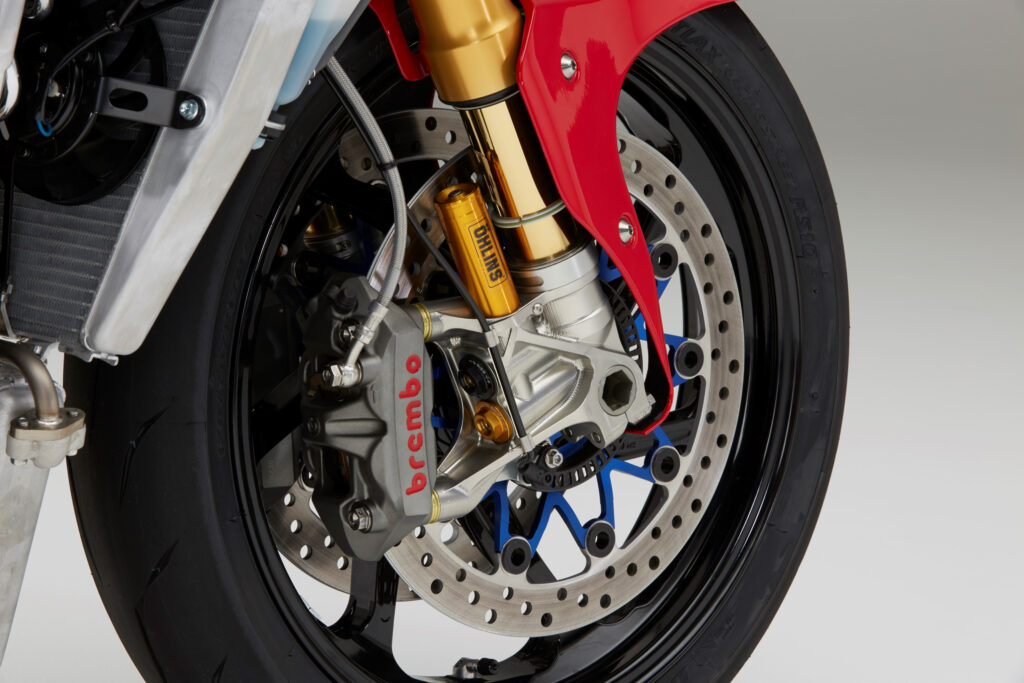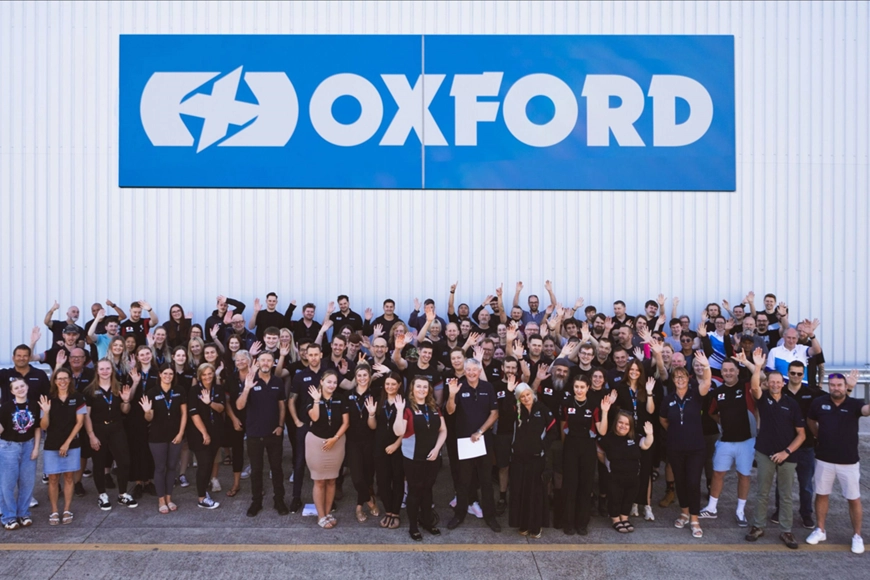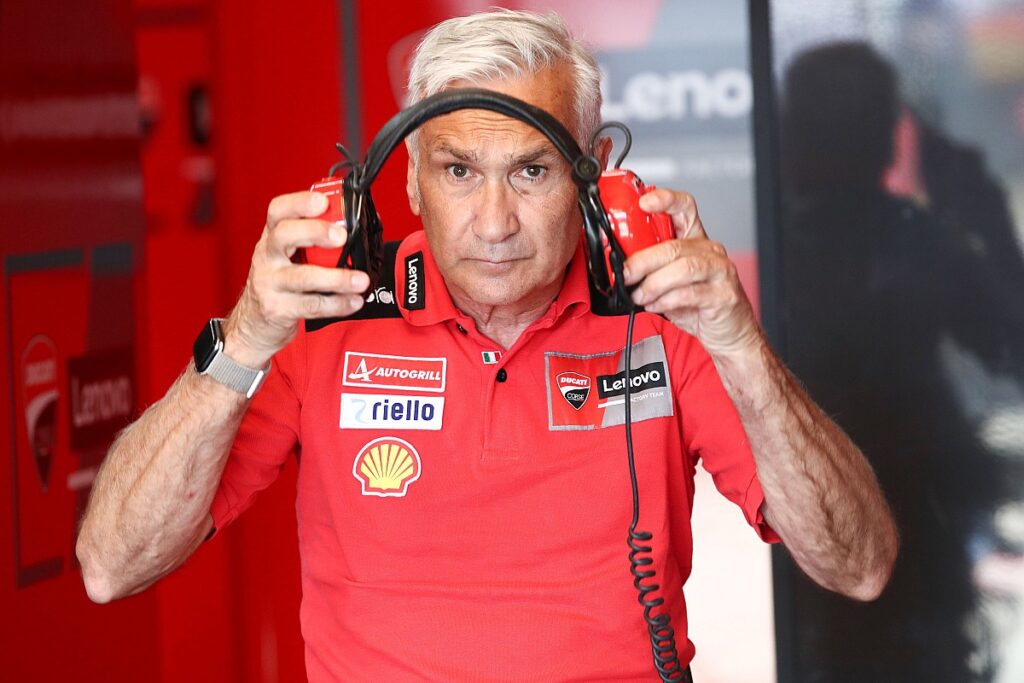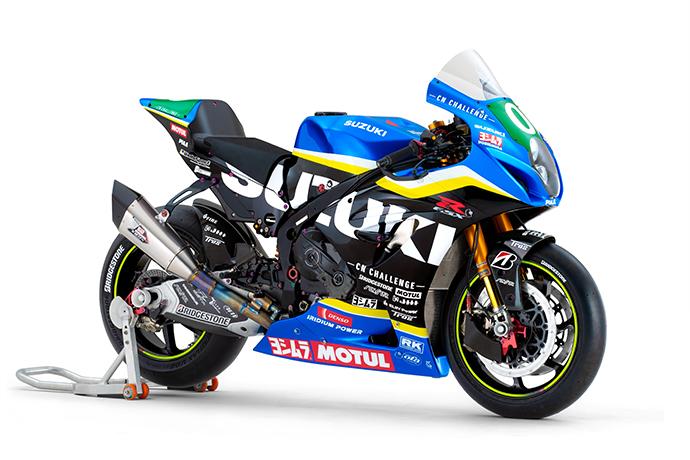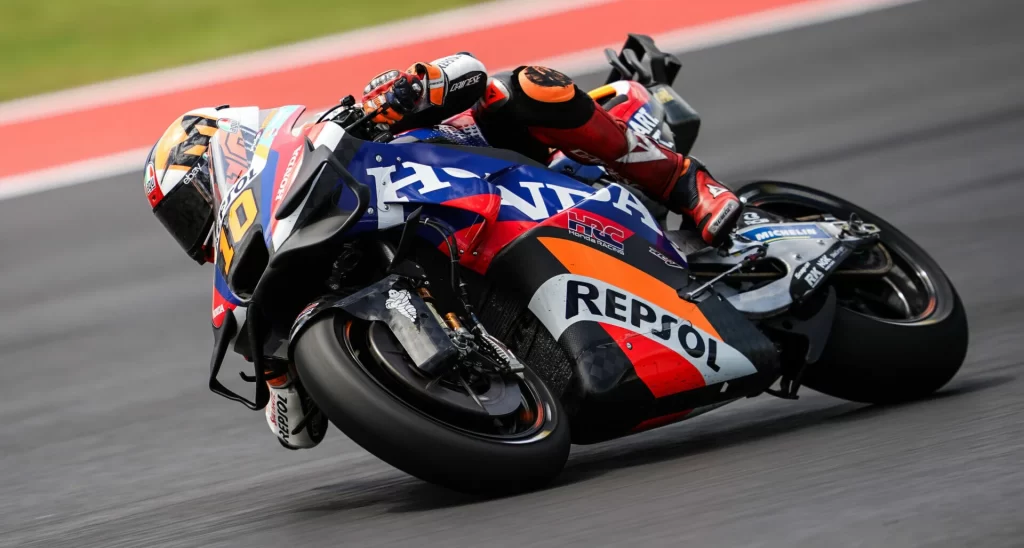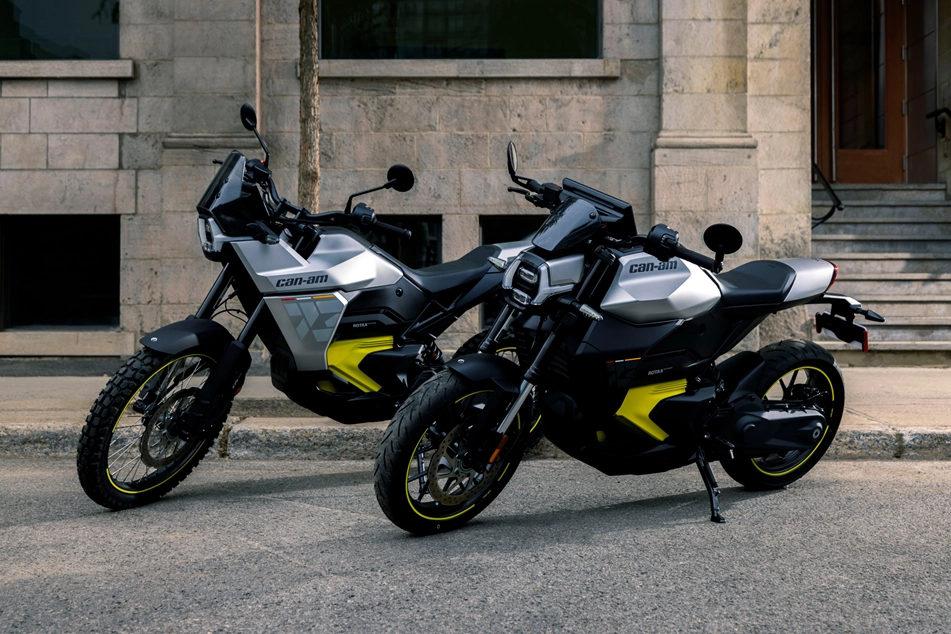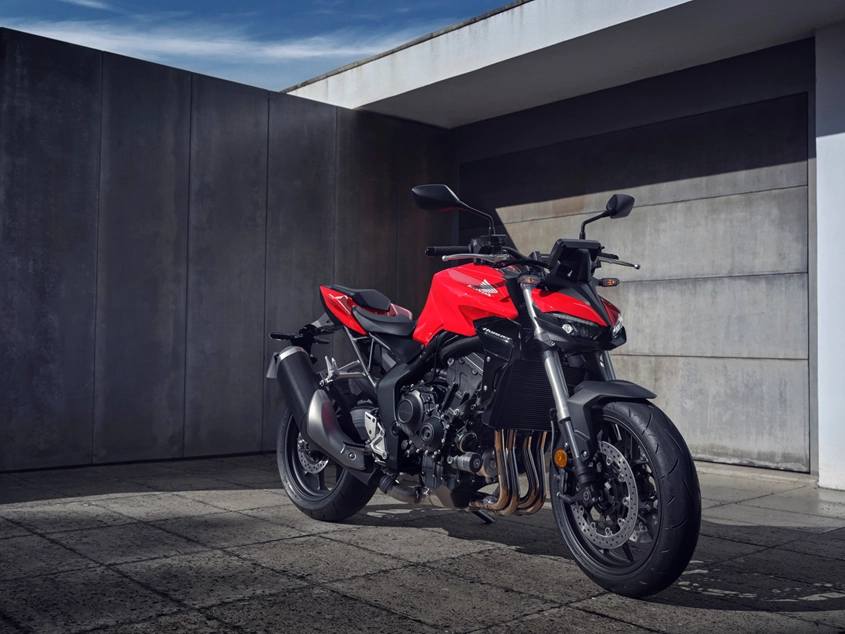Yes, the title sounds macabre and perhaps, too direct, but that is the reality of not respecting the risks of motorcycling and taking things for granted.
But, we can reduce some of these risks. On the other hand, we get into trouble because we choose to ignore them. Make a mistake in a car and you could very well survive, but make a mistake, even a small one, on a motorcycle and you are guaranteed to get hurt.
So here are mistakes that we should never make.
1. Riding the wrong motorcycle

Hitting the road on a Kawasaki H2 or anything with 200hp burning in its belly immediately after getting your license is a recipe for disaster. Always start with a bike that is manageable such as a 250cc or no more than 500cc and work your way up.
Even then, do seek out ways to improve your riding (oh, I dunno, by reading more articles?).
2. Riding above your skill level

This is a mistake any rider can make, no matter how new or experienced. New riders are usually rather careful since they’re still getting used to riding. After six months to a year, though, you might think, “I’ve got this,” and kick the pace up a couple of notches. That’s where you have just enough skill to be dangerous. It has a higher propensity to happen especially when you ride among competitive group.
If you find yourself constantly overcooking your corner entrance speed or panicking when a challenge presents itself, it means you need to work on your riding skills.
3. Riding like you are on the track

This can easily happen on your favourite road, thinking you can twist that throttle more and more each time. You should not be pushing the limits that closely anywhere outside a race track anyway.
Tracks do not have any traffic that is not paying attention or expecting you to be there, and hazards, among many other variables. If you want to ride like you are on the track, just go to a trackday. It’s more accessible than you might think, even if you have no interest in racing.
4. Not thinking of the consequences of your actions

Too many riders seem self-absorbed and do many stupid things like running the red light and riding against traffic. We have not even started mentioning riding haphazardly or without regard to their own safety and that of others.
A good rider will think of what would happen if he did this or that. It may sound un-fun but again, what is the point of getting hurt?
And stop listening to your ego that you are already good rider, or worse, better than all others.
5. Having too much faith in other road users

Let us start by saying that there is no sane driver who wakes up in the morning and decides to harm a motorcyclist on purpose. Every road user is another human being, just like you and I. We make mistakes, they make mistakes, so do not take it personal.
And because everyone makes mistakes, do not take your own safety for granted.
Never think that the car ahead would not cut across your front wheel, or if that truck would not pull out of the intersection. While some motorcyclists may feel that takes the “flow” out of their riding because they have to be paranoid, it sure beats being worm food. So, always ride with a sense that others can hurt you, although no sane person wants any trouble.






